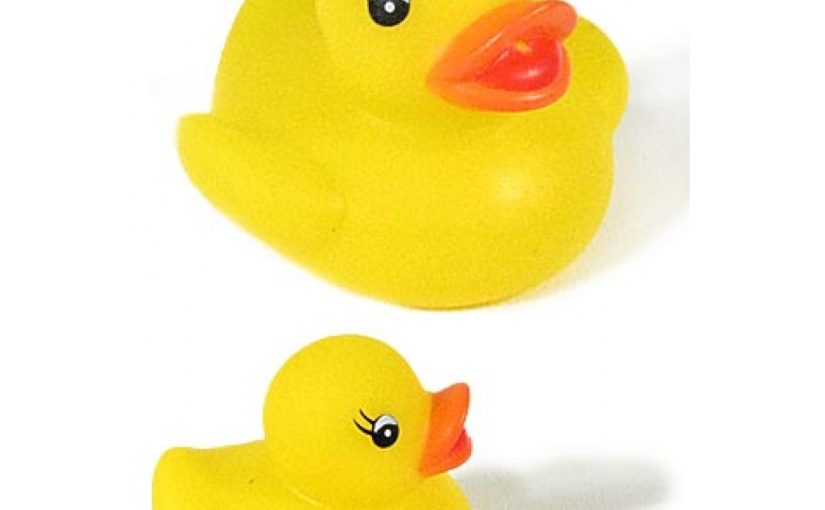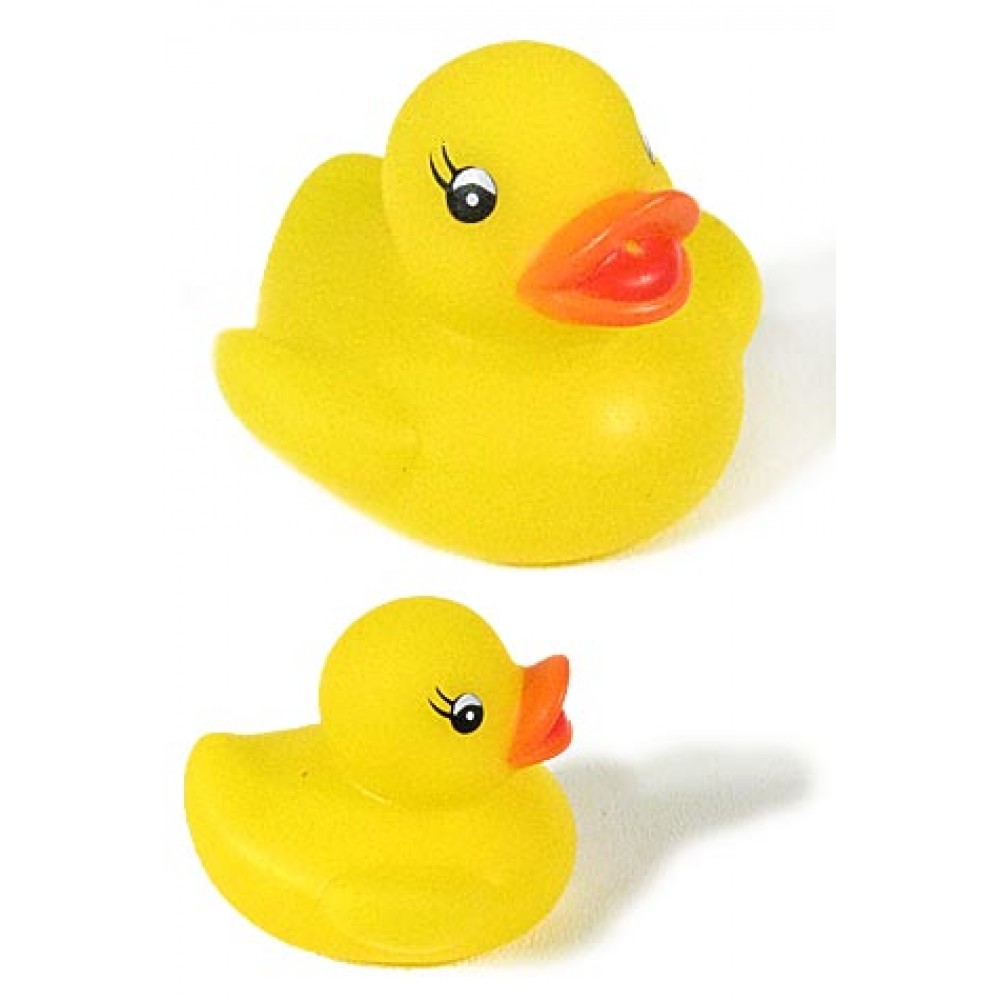The Importance of Eco-Friendly Bath Toys
In today’s world, the push for sustainable living is ever more critical. Eco-friendly rubber bath toys play a significant role in this movement. Made from materials that are safe for both our children and the planet, these toys encourage responsible consumerism. Let’s delve into why choosing eco-friendly options matters.
Safety First: Eco-friendly rubber bath toys lack harmful chemicals. This means safer playtime for kids, and peace of mind for parents.
Long-Term Health of Ecosystems: Toys made of sustainable rubber are biodegradable. This is vital for reducing the long-term impact on waterways and ecosystems.
Fewer Toxins in Production: The manufacturing of eco-friendly toys often involves fewer toxins. This protects workers and the environment from harmful exposure.
Educational Value: These toys also teach children about the importance of sustainability. Kids learn about environmental stewardship early on.
Enduring Play: High-quality, eco-friendly rubber bath toys often last longer. This reduces the need for frequent replacements and the waste that comes with it.
Choosing eco-friendly bath toys is a step towards a healthier, more sustainable future. As consumers, we have the power to demand change and make a positive impact. Let’s prioritize the well-being of our planet by selecting toys that align with these values.
A Brief History of Rubber Bath Toys
Rubber bath toys have a colorful past. They began charming children and parents in the late 19th century. It all started with the iconic rubber duck, a symbol of fun in the tub. These toys were first crafted from hard rubber, known as vulcanized rubber. This material was durable but not soft and squeezable like today. In the 1940s, rubber bath toys gained popularity as manufacturers discovered latex rubber. This softer material made bath toys even more lovable. Over time, rubber toys evolved with safety and sustainability in mind.
In the 20th century, synthetic rubber variations began to appear. This shift was due to the rubber shortages during World War II. It made mass production easier and toys more affordable. However, these synthetic options weren’t always eco-friendly. In recent years, there’s been a push for natural bath toys. These are better for the environment and our health. The history of rubber toys is not just about fun. It reflects changes in industry, society, and environmental awareness. As we move forward, sustainable rubber bath toys are becoming the standard. They merge tradition with responsible manufacturing.
Benefits of Sustainable Rubber Materials
Sustainable rubber materials offer several advantages, especially when used to make bath toys.
Renewable Source: Rubber trees provide the natural latex used in eco-friendly toys. They are a renewable resource, and harvesting latex does not harm the tree, making it a sustainable choice.
Biodegradable: Unlike synthetic materials, natural rubber breaks down over time. This is crucial for reducing landfill waste.
Non-toxic: Eco-friendly rubber is free from toxic chemicals. It is safer for children, who often put toys in their mouths during bath time.
Energy-efficient Production: The process of making sustainable rubber uses less energy compared to synthetic products. This helps to conserve natural resources and reduces carbon footprint.
Durable: Toys made from quality rubber materials are robust and long-lasting. This reduces the need to replace them often, cutting down on waste and saving money.
Soft and Flexible: The natural texture of rubber makes these toys gentle for little hands to squeeze and hold. They are also more resistant to breakage.
Choosing rubber bath toys made from sustainable materials is better for the environment and our children. It supports ethical consumption and promotes a healthier lifestyle. Let’s opt for sustainability when picking out our kids’ next bath time companion.
How to Choose the Right Eco-Friendly Rubber Bath Toys
Selecting the right rubber bath toys for your child can be a delightful yet thoughtful process. Here’s what to consider when making your choice:
Material Transparency: Look for toys that list their materials clearly. Ensure they are natural rubber or contain safe, eco-friendly components.
The Impact of Rubber Bath Toys on the Environment
Rubber bath toys, especially when sustainably produced, can have a profound positive impact on the environment. These impacts are multi-faceted, reflecting a commitment to both current and future ecological well-being.
Reduced Pollution: Eco-friendly rubber bath toys contribute to less pollution. Traditional plastic toys can disintegrate into microplastics that pollute our oceans and harm marine life. Using sustainable rubber mitigates this risk.
Sustainable Farming Practices: The cultivation of natural rubber encourages sustainable farming. This helps maintain biodiversity and soil health. It often avoids the use of harmful pesticides and fertilizers.
Lower Carbon Footprint: Rubber bath toys made from natural materials generally have a smaller carbon footprint. The production process is more energy-efficient than that for synthetic rubber or plastic toys.
Decreased Landfill Waste: Being biodegradable, these toys won’t linger for centuries in landfills. They break down naturally, reducing the burden on waste management systems.
Wildlife Protection: By abstaining from harmful chemicals, eco-friendly rubber toys are safer for wildlife. Animals are less likely to ingest or be harmed by them.
Resource Conservation: Sustainable bath toys use renewable resources, conserving petroleum used in plastic toy production. This preserves non-renewable resources for other critical applications.
In conclusion, the positive environmental impact of eco-friendly rubber bath toys is undeniable. By choosing these products, we support responsible production practices and help protect our planet for future generations. Every small choice can lead to significant collective change, setting a greener path forward in the world of children’s toys.
Safety Concerns with Non-Sustainable Bath Toys
While rubber bath toys can provide countless hours of fun, not all are created equal. Non-sustainable bath toys, often made from plastics and other synthetic materials, come with safety concerns that can be harmful to both children and the environment. Here’s what you need to watch out for:
Presence of Toxic Chemicals: Many non-eco-friendly toys contain chemicals like BPA, PVC, and phthalates. These can leach out and pose health risks during playtime, especially when toys end up in kids’ mouths.
Choking Hazards: Small parts on cheaply made toys can easily break off. This is a choking hazard for little ones.
Allergy and Sensitivity Risks: Some materials can cause allergic reactions or sensitivities in children. Natural rubber is generally hypoallergenic, making it a safer choice.
Environmental Toxins: When non-sustainable toys break down, they release toxins into the water and environment. These toxins can have long-lasting negative effects.
Quality and Durability Issues: Poorly made toys may not withstand the test of time, leading to frequent replacements and more waste.
As parents and consumers, it’s our responsibility to choose toys that ensure the safety of our children and the planet. Opting for sustainable rubber bath toys over non-sustainable options is a step toward that commitment. These choices support overall well-being and contribute to a healthier future for everyone involved.
Cleaning and Maintaining Your Rubber Bath Toys
Proper care is crucial for your eco-friendly rubber bath toys. Doing so can extend their life and keep them safe for your little ones. Here are several tips for cleaning and maintaining these toys.
Regular Cleaning: Wash the toys regularly with mild soap and water. This removes dirt and prevents mold.
Avoid Harsh Chemicals: Skip bleach and other strong cleaners. They can break down the natural rubber.
Dry Thoroughly: After washing, let the toys air dry completely. Water inside toys can lead to mold growth.
Store Properly: Keep the toys in a dry, ventilated area. Avoid tight, closed containers where moisture can build up.
Check for Damage: Inspect the toys for signs of wear or damage. Broken pieces can be a choking hazard.
Natural Disinfectants: Use vinegar or baking soda for a natural disinfection method. These are safe for kids and the toys.
Rotate Toys: Don’t use the same toys every bath. Rotating them reduces the wear and gives time for proper drying.
By following these simple steps, you ensure your rubber bath toys stay clean, hygienic, and fun for bath time!
Top Brands for Eco-Friendly Rubber Bath Toys
When looking for top-quality sustainable rubber bath toys, certain brands stand out for their commitment to the environment and child safety. Here’s a list of some notable companies that specialize in eco-friendly rubber bath toys.
Green Toys Inc.: This brand is known for its environmentally friendly products. They use 100% recycled rubber and other materials to craft their toys.
Hevea: Hevea prides itself on making 100% natural rubber bath toys. They are biodegradable and free from toxins, perfectly safe for little ones.
CaaOcho: With a focus on natural play, CaaOcho’s rubber toys are made from pure natural rubber. They also have sensory textures to engage children during bath time.
Tikiri Toys: Tikiri creates rubber bath toys using organic rubber from Hevea trees. Their toys are also hand-painted with water-based, non-toxic dyes.
PlanToys: Sustainability is core to PlanToys, who use eco-friendly materials, including natural rubber, to produce their educational and fun bath toys.
Key Features to Look for
When choosing from these top brands, keep a few key features in mind:
- Material Quality: Ensure the toys are made from 100% natural rubber.
- Safety Certifications: Look for certifications to guarantee safety standards.
- Eco-friendly Packaging: Prefer brands that use minimal and recyclable packaging.
- Educational Aspect: Choose toys that deliver fun and learning together.
By selecting rubber bath toys from brands that prioritize these features, you help support sustainable practices. Additionally, you provide safer, more engaging bath time toys for your children.



